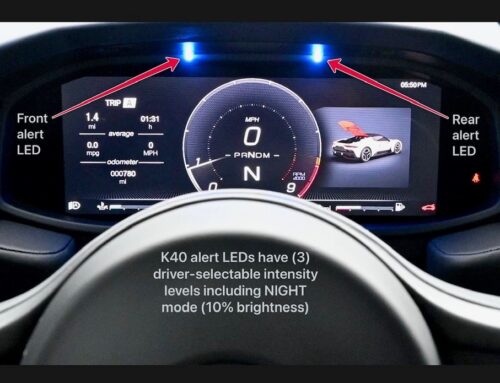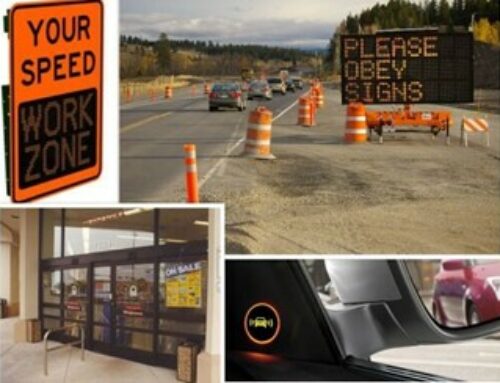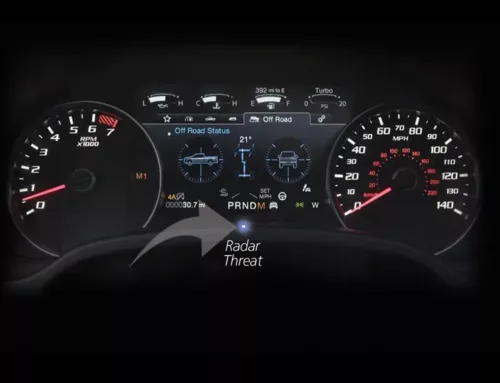Seeing Red: Cameras Are Cash Cows
June 21, 2016
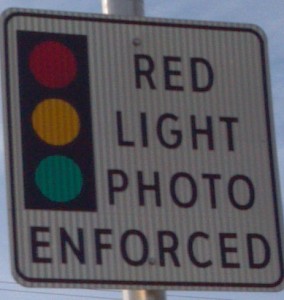
In 2012, the Chicago Tribune exposed a scandal involving red-light cameras installed throughout Chicago’s streets. When odd spikes in traffic tickets were discovered, the media outlet could tell something unusual. It turns out that the cameras, managed by Redflex Traffic Systems, Inc., brought in over $130 million in revenue on traffic tickets, much of which was illegally directed to the company by John Bills, a former city official who took $2 million in bribe money from the company.
When the Tribune brought this issue to the public eye, citizens started to question the purpose of red light cameras. To combat this backlash, the city cited its own informal study that showed a decrease in fatalities by nearly 60 percent after the cameras were installed. Yet skepticism continued to rise when the city refused to release their data to the public because certain parts were labeled ‘confidential.’
Ultimately, Bills was charged with taking bribe money from Redflex to redirect traffic tickets to the company. Said the Tribune, “The conviction further undercuts City Hall’s long contention that the lucrative program was designed to promote safety and not revenue.” When corruption takes hold of a program meant to encourage safety on our roads, we’re not surprised that citizens become skeptical of using red-light cameras.
The above events lend themselves to a natural question: are red-light cameras beneficial in keeping our roads safe, or are they simply a revenue generator for city governments?
In theory, red-light cameras are supposed to reduce the number of collisions that occur within intersections by introducing the threat of a ticket for running a red light. Although the concept is simple and should effectively prevent drivers from trying to ‘beat the light,’ there is more to the issue than what is often presented by its supporters.
Tickets are issued when a vehicle crosses the intersection line during a red light; the underground sensors that trigger the cameras are not activated when the light is yellow or green. 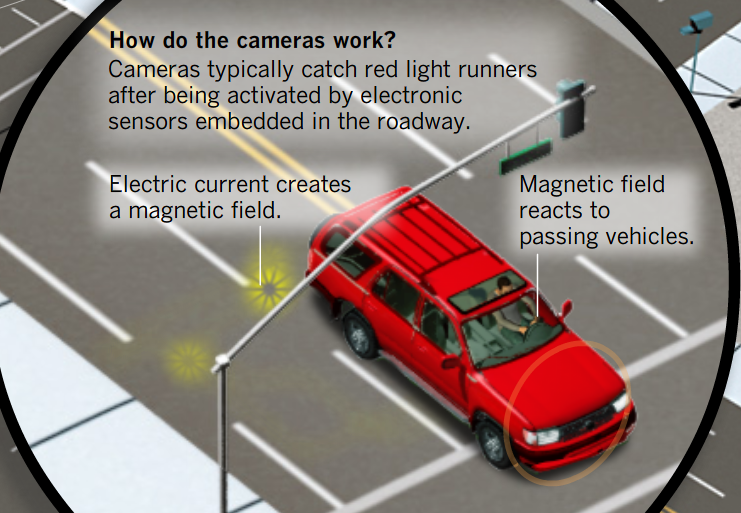 This means that it is possible to set off the cameras by turning right on red, depending on when you enter the intersection. To prevent tickets from being wrongly issued, each photograph is analyzed by a city official before a ticket is distributed. Unfortunately, this is the step affected by corruption, as seen with the strange ticket spikes in Chicago just a few short years ago.
This means that it is possible to set off the cameras by turning right on red, depending on when you enter the intersection. To prevent tickets from being wrongly issued, each photograph is analyzed by a city official before a ticket is distributed. Unfortunately, this is the step affected by corruption, as seen with the strange ticket spikes in Chicago just a few short years ago.
The red light camera’s effectiveness has also come into question due to findings in non-governmental traffic studies. While cameras have been proven to reduce the number of T-bone accidents within intersections, they have increased rear-end collisions. People brake quickly to avoid triggering the cameras. A study done by the Texas A&M Transportation Institute found that in areas where red light cameras were introduced, right-angle crashes were reduced from 14 to 40%, while rear-end crashes increased anywhere from 7 to 38%. Needless to say, it doesn’t reflect well on a safety system when one type of accident is increased for the sake of decreasing another type of accident.
However, some organizations do support the protection these cameras can offer pedestrians. In Pennsylvania, the Bicycle Coalition of Greater Philadelphia has been advocating for stronger traffic laws concerning cameras and police radar after a cyclist was killed in a hit-and-run accident this past April. Although the activist group believes that red light cameras will make intersections safer for pedestrians, other organizations disagree with their efforts, stating that the introduction of red-light cameras would do little to solve the problem.
“Never mind that no red light camera, no speed camera, nor any radar gun has ever stopped one accident from occurring,” stated Tom McCarey, a member of the National Motorists Association, a group that is self-described on their website as “a membership-based organization dedicated to protecting the rights of the motoring public.” McCarey wrote an entire editorial on the issue, criticizing cyclists for their desire to ride recklessly on the roads to the detriment of drivers.

Multiple speed limit signs are already in use on Seattle roadways.
The National Motorists Association opposes a majority of city-mandated safety devices, including the use of red-light cameras. Instead, they support various alternative methods, such as increasing yellow-light time, making traffic signs more visible, and consistent upkeep on intersections. Solutions like these have been proven to work. For example, the city of Edmonton found that increasing the amount of speed limit signs posted along the roads reduced the number of speeding tickets issued by police.
If there are other effective precautions available for cities to use that don’t require ticketing devices, why are they choosing to utilize cameras and radar devices?
One word: revenue.
Unlike police radar, it can be difficult to protect yourself from a red light ticket, making the camera a money machine for cities with busy intersections. The only way to avoid being ticketed is to be alert and aware of your surroundings at every intersection. Fighting the ticket can be difficult, too, as it’s hard to prove yourself not guilty with the photographic evidence that is typically presented.
It is not wrong to suggest that red light cameras were truly developed with safety as the main objective. Fatalities do occur at intersections, so anything that could be done to prevent them should be done. However, when there are other ways to improve intersections’ safety, and the data does not show a significant decrease in all types of accidents, it might be time to look toward alternate solutions. After all, red-light cameras are more vulnerable to corruption than repainted intersections could ever be.

